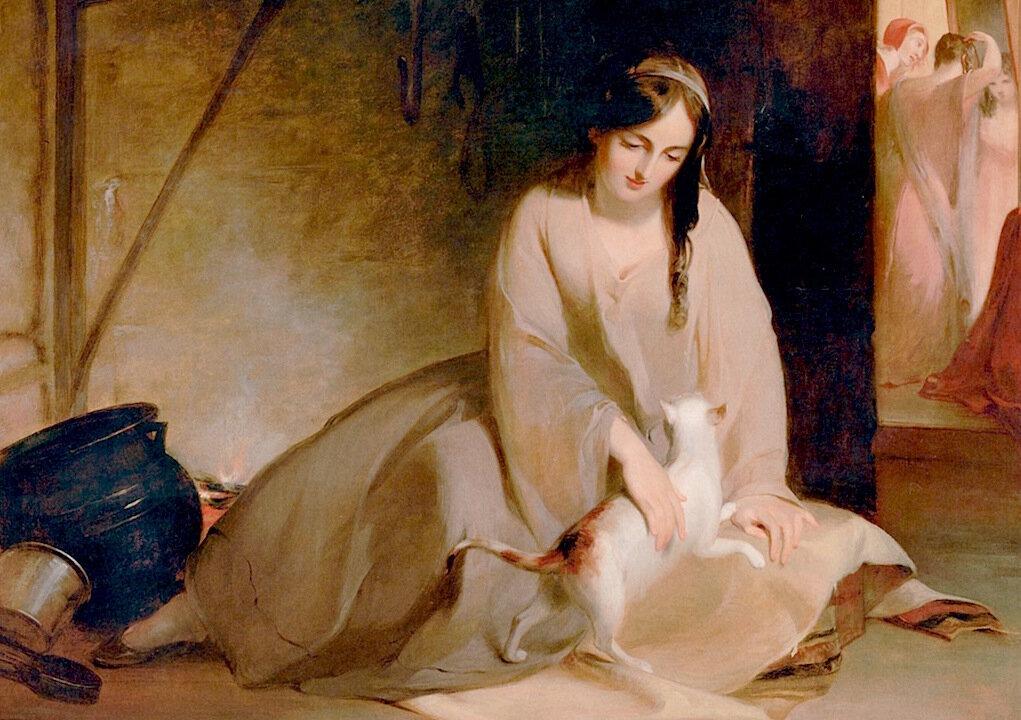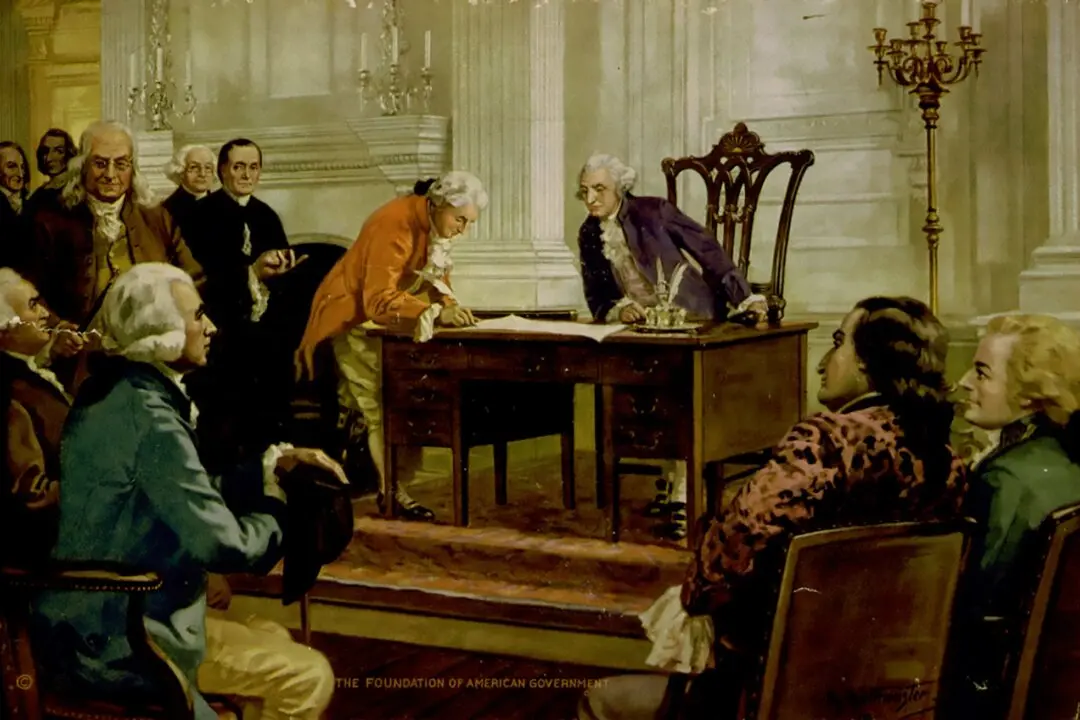In my 1967 edition of “The World’s Best Fairy Tales: A Reader’s Digest Anthology,” which sits at my elbow as I write these words, former children’s librarian Marie Cimino introduces this 800-page collection in this way: “In this world, virtue is always rewarded, evil is punished, the weak are helped and the youngest can be the winner. The fairy tale offers reassurance, at the same time that it appeals to the taste for the marvelous.”
At the end of this brief essay, Cimino adds this note about fairy tales: “Listening to them or reading them, children will experience some of the enduring wisdom of other times, when the sense of wonder was very much alive.”






